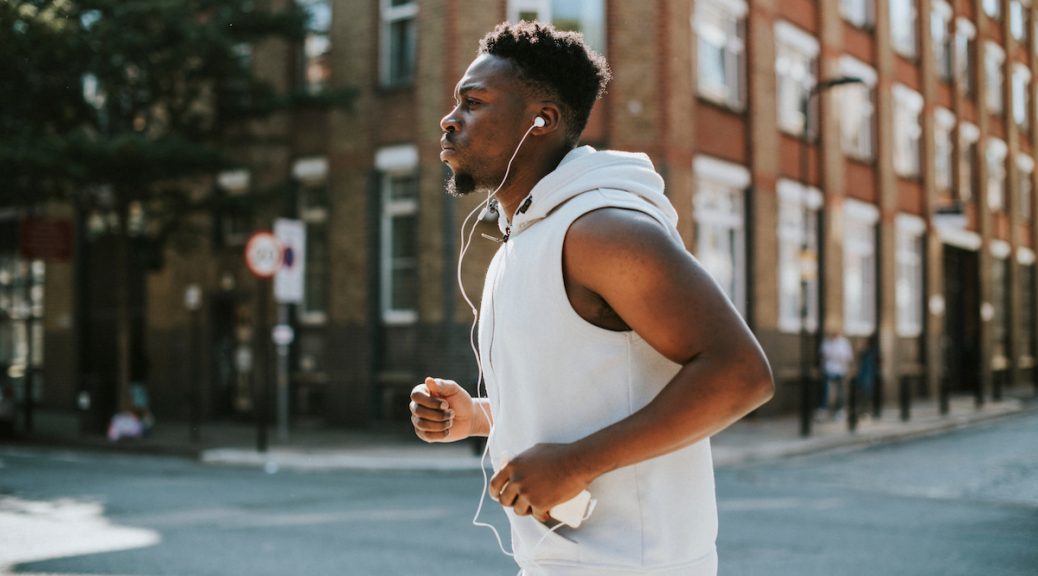What is your favorite way to move your body? Maybe you love going on a run or spending the evening in a hot yoga studio. One of the best parts about exercise is how much variety there is. With this many options, there can be a lot of information to understand about each. One factor is to know whether the movement is aerobic or anaerobic exercise. This can help you complete and recover from the movement successfully.
At Paris Orthopedics, we are accustomed to seeing how mistakes with movement can lead to injury. By taking the time to learn more about exercise, you can avoid being the newest patient to come in with an injury. Knowing the details of aerobic and anaerobic exercises can make your workout plan even more substantial. We would love to give you further information and resources!
Aerobic and Anaerobic Exercise
What Is Aerobic Exercise?
Aerobic exercise is characterized by your muscles moving in a rhythmic and coordinated manner that produces an endurance-type movement. The name comes from the fact that oxygen is required to generate energy. There is an increase in a person’s heart rate and breathing that leads to more oxygen being brought to the muscles. The duration of these exercises tends to be longer.
Examples of this type of exercise include running, biking, spinning, and even swimming. As you can see, there is a similarity in how these exercises can quickly pick up your heart rate and even leave you out of breath.
What Is Anaerobic Exercise?
Anaerobic exercises are more focused on short, intense bursts of physical movement. These movements are different from aerobic exercises as they do not require the same significant presence of oxygen. This is when there is a breakdown of glucose stores and a build-up of lactic acid in the muscles. These are shorter bursts of energy that occur more quickly. This is for people trying to build muscle mass and strength over time.
Examples of this type of exercise are sprints, HIIT workouts, and weightlifting. These are done in smaller increments, but they build up that lactic acid in a way that still gives your body a very effective workout. A critical aspect of these types of workouts is ensuring you are doing them in the correct form. If you do these exercises with incorrect form, it may lead to an injury.
How Are The Two Similar?
There are many differences between these two, but there are also similarities to consider. Both of these are beneficial for your cardiovascular system. They can each increase your metabolism and strengthen the heart muscle while also contributing to weight management. While helping with heart health, they can also contribute to preventing other conditions, such as diabetes and even certain types of cancer.
The two of these are also great contributors to your mental health. When you are able to get your body moving, it can be stress relief while also giving your brain a break from the normal actions of the day. It is a great way to cope with stress from your day.
Aerobic and anaerobic exercises can both play a significant role in your health and fitness. They are beneficial in their own unique ways. By understanding the two together and separately, you can create a plan that meets all of your goals. Do you have questions about either of these categories of exercise? Contact our team at Paris Orthopedics to find out more information and get started today. You can give us a call at (903) 737-0000 or check out our website for more information.




